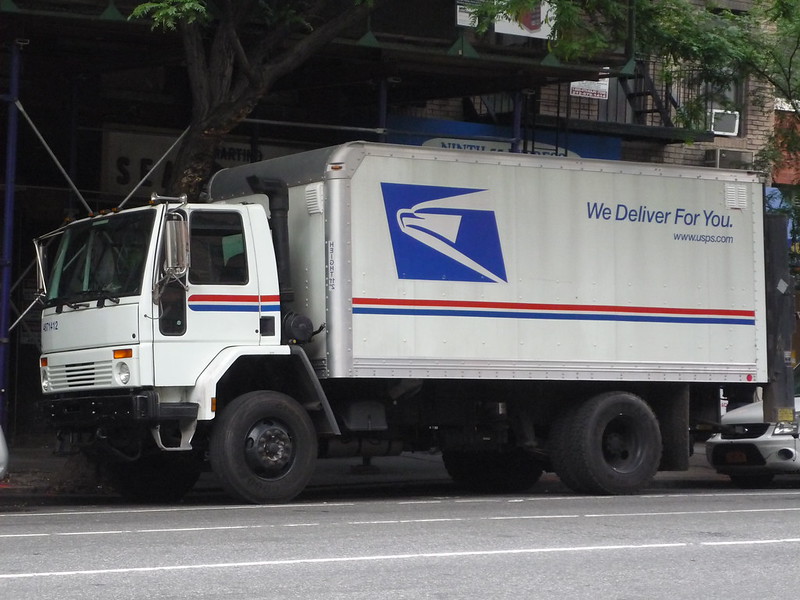“The Postal Service should not be a test dummy for the administration’s speculative goals and it is an insult to taxpayers to treat it this way.” So writes Guy Caruso on RealClearEnergy.
Here’s what’s happening:
- The Biden administration is trying to persuade the Postal Service (USPS) to invest in more electric vehicles.
- In March the USPS ordered just over 10,000 EVs out of a new order for 50,000 vehicles. This followed a decision to purchase up to 165,000 vehicles, of which at least 10 percent would be battery-operated electrics.
- But environmental groups Earthjustice and the Natural Resources Defense Council plus sixteen states and the District of Columbia have sued to prevent the Postal Service from buying the gas-fired trucks.
- The Environmental Protection Agency has complained to the USPS: “Electrification of only 10 percent of the Postal Service replacement vehicles over the next ten years falls far short of our national goals for reducing GHG emissions with deliberate speed.”
- In February, a group of House Democrats chastised the USPS’s decision: “The Postal Service failed to abide properly by National Environmental Policy Act (NEPA) requirements. Instead, it moved forward with an almost-exclusively fossil fuel powered fleet procurement, which flies in the face of the commitments the United States has made to address the climate crisis and counters the long-term economic interests of your own agency.”
What is wrong with pressuring the Postal Service to buy electric cars? Says Caruso:
- First, “nationwide analysis finds that the uptick of electric cars alone will put significant pressure on power production.”
- The electric grid is already under stress and needs upgrading. “A heavily used federal fleet could present even more chaos to the grid that powers our homes, offices, and communities.”
- “[I]it is a certifiable myth to designate EVs as ‘non-emission’ vehicles. The latest U.S. EIA data shows that 19 percent of electricity originates from coal-fired power stations. . . ultimately leading to high emissions intensity, and thus negating much of the environmental value that many advocates claim.”
- EVs typically cost $13,000 more per vehicle than gas-powered cars.
- The Postal Service is under stress, too: “[T]he institution has recently amassed $188 billion in unfunded liabilities. With EVs, the USPS would lose the financial benefits of their current fleet design, and worse, EVs would introduce substantial new risks and liabilities to the USPS.”
Louis DeJoy,Postmaster General and CEO of the quasi-independent Postal Service, was interviewed by the Washington Post in April:
“I do think electrification of the vehicles is good. I’m a supporter. At this particular point in time, when I went to make the order, there’s 10,019 specific routes that I know are a slam dunk [for EVs] that we will use them and it will work. . . . When I go to buy the next amount, we will reevaluate.”
Image of a 2014 gas-powered truck provided by JLaw45 and licensed under CC BY 2.0.


Also, what are the miles per gallon from the plan new gas vehicles compared to the current ones? And are the new ones quieter and safer and with lower cost maintenance?
Good questions, Greg.